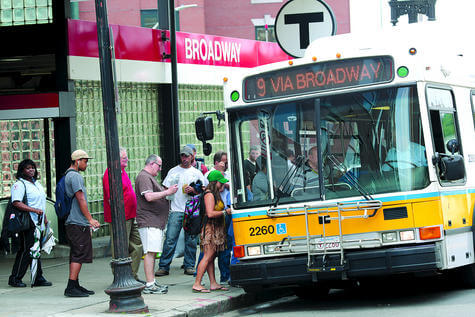MBTA employees seem to be a bit safer at work as assaults on drivers are down 32 percent this year compared to the same time period last year, the transit police have told Metro.
Transit Police Lt. Richard Sullivan said Wednesday the T recorded only 62 physical assaults against employees in 2014, down from 91 physical assaults against T workers reported over the same time period in 2013. “MBTA employees perform an invaluable public service day in and day out. It is not part of their job description to be physically assaulted, spat upon and/or verbally abused,” Sullivan said, warning that the conduct “will simply not be tolerated.” Transit police credit the decline to increased publicity about the problem, community partnerships, and a relentless dedication to pursuing legal recourse against violent suspects.
Though transit authorities are encouraged by this drop in assault numbers, Sullivan said the transit agency will keep pushing for a continued decline in such attacks. In May of 2013, MBTA General Manager Beverly Scott initiated a public service announcement campaign aimed at reducing assaults on T workers.
“The Transit Police believe the commitment from top down at the MBTA clearly has had an impact and we are now seeing the benefits/results of that initiative,” Sullivan said. Another contributing factor was the success transit detectives have had in following through with charges against assault suspects. T investigators also said partnerships with community members and leaders played a crucial role.
“Without these collaborative relationships we would not be nearly as effective in carrying out our mission,” Sullivan said. “Oftentimes when we are seeking the public’s assistance in an identification of a person of interest in a criminal case, whether it be an employee assault case or otherwise, the tip comes from a member of the very community where the crime originated.”
MBTA Transit Police say assaults on drivers down 32 percent

Nicolaus Czarnecki, Metro


















